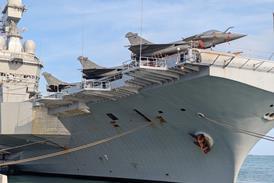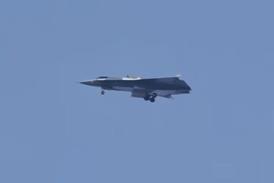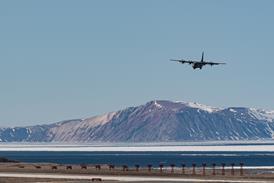The US market for infrared countermeasures for military aircraft is attracting several new entrants after a long domination by BAE Systems and Northrop Grumman.
Earlier this month, ITT announced it was developing a new IRCM system. Meanwhile, Raytheon Missile Systems also plans to offer a jammer variant of the AIM-9X Sidewinder air-to-air missile's seeker, called Quiet Eyes. Lockheed Martin Missiles and Fire Control is also thought to be developing a new IRCM system and overseas companies with relevant technology also may seek US partners to enter the market.
Both the new entrants and the established players are positioning to compete for two US Navy programmes worth up to $2.2 billion, which propose to install lighter and more reliable IRCM systems on rotorcraft and strike aircraft. The first of the two programmes - Assault DIRCM, for rotorcraft - is expected to launch in the first quarter of next year, with the Bell Boeing MV-22 Osprey tiltrotor as the launch platform.
ITT believes it can offer a better solution despite a 10-year head start by Northrop and BAE, which offer the DIRCM and ATIRCM systems, respectively.
"We are responding to the market," says Chris Carlson, ITT's director for domestic business development. "The current generation is not satisfying the customer and it's time to look for alternatives. There is a quite a bit of technology development to support the IRCM market. The current incumbents, for whatever reason, were not taking advantage of that technology. We are taking the technology that is already paid for and integrating it into a new system."
In response, Northrop IRCM business development director Jack Pledger says: "Users and customers are very pleased with the equipment, as evidenced that they have placed new orders."
Pledger also points to Northrop's $1 billion investment since 1989 to develop and produce DIRCM systems for both military and commercial customers. "That's what it takes to get into the business," he says. "It takes about 10 years."
The navy is seeking to attract a new class of IRCM technology light enough to install on rotorcraft, rather than the large transports and business jets that are the focus of the current market. Northrop plans to unveil a new version of its DIRCM technology that is a better size for tiltrotors and helicopters. The new technology promises to "take this to an entirely different level", says Pledger.
Source: Flight International























